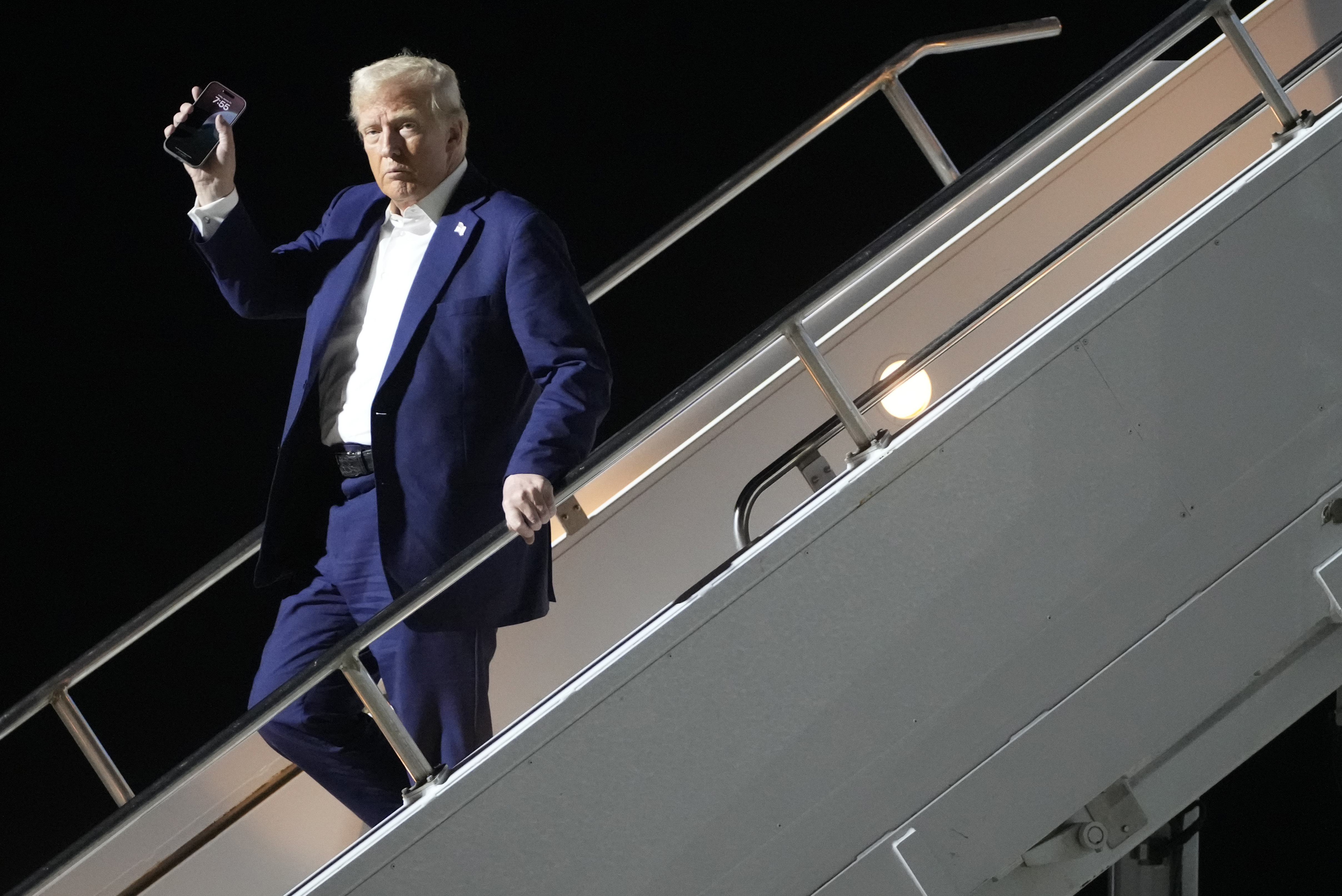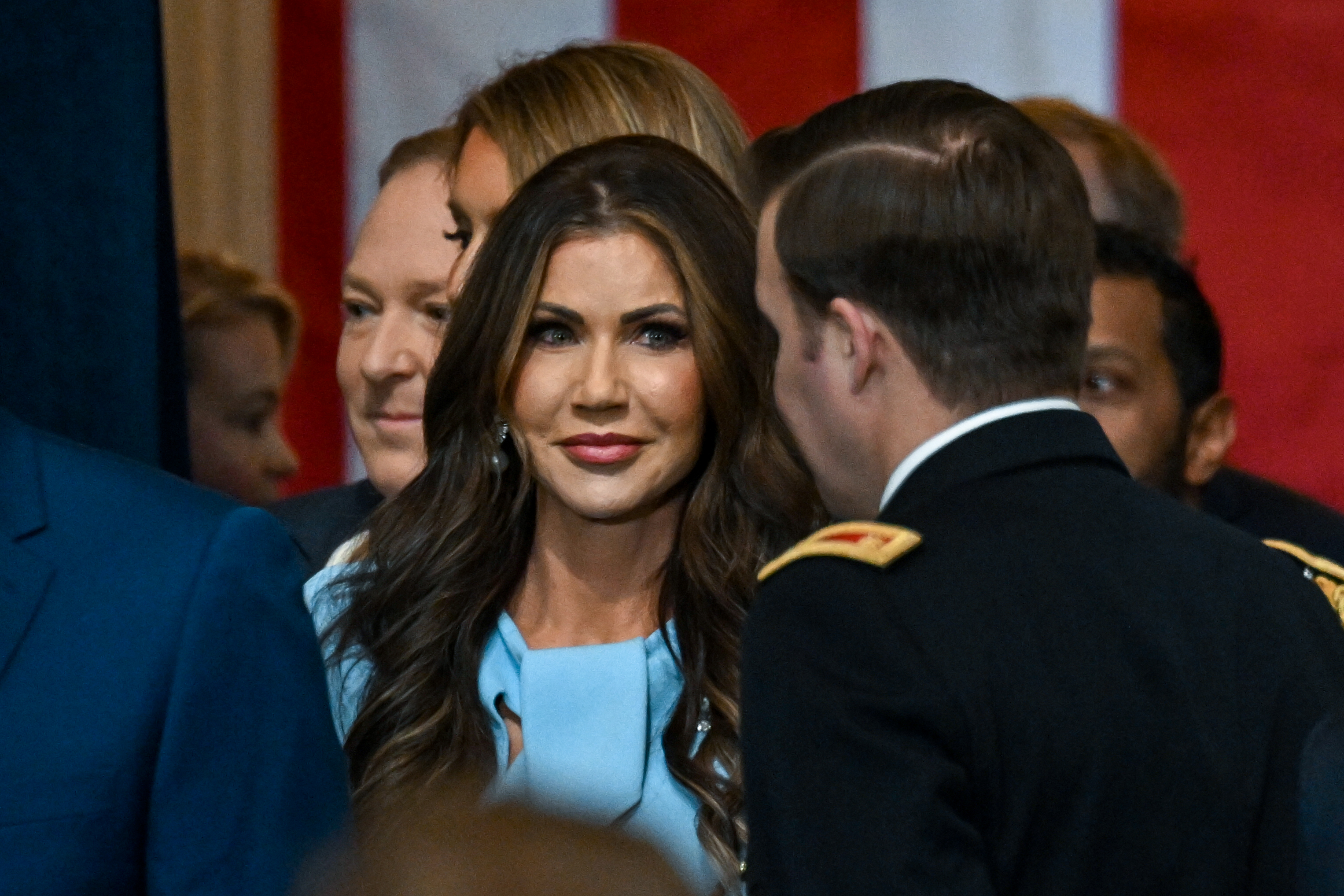The rhythms of daily life for ordinary Americans may seem far removed from the rarified world of the U.S. Supreme Court.
But from the time people roll out of bed in the morning until they turn in at night, the court's rulings are woven into their lives in ways large and small.
So pay attention as Congress prepares to take up the nomination of Judge Neil Gorsuch to join the high court: The influence of the court's nine justices is hard to overstate — even if Justice Stephen Breyer once noted that their names are less well known than those of the Three Stooges.
"From the air you breathe and the water you drink to the roof over your head and the person across from you in bed, the Supreme Court touches all of that," says Elizabeth Wydra, president of the Constitutional Accountability Center.
A walk through daily life on the lookout for Supreme Court fingerprints:
Pillow Talk
It starts when your alarm goes off. Perhaps you glance over at your spouse.
The Supreme Court has had a big say over the decades in who can marry whom: In 1967, it ruled in Loving v. Virginia that laws banning interracial marriage were unconstitutional. And the Loving ruling helped lay the foundation for the court's 2015 ruling in Obergefell v. Hodges that nationalized the right for same-sex couples to marry.
U.S. & World
Rinse and Spit
Consider the water you swish when you brush your teeth: The high court has repeatedly taken up cases related to the Clean Water Act in an ongoing attempt to resolve confusion over which waterways are protected by the law, including streams that feed into drinking water supplies. This is still a live issue: President Donald Trump is working to undo former President Barack Obama's attempt to shield more waterways from pollution under the law, and more court cases are surely in the offing.
California Raisins
What's for breakfast? Maybe a bowl of raisin bran.
Yes, the Supreme Court deals with raisins. They were at the center of a property rights dispute that ended with a 2015 ruling in Horne v. Department of Agriculture that raisin farmers don't have to participate in a Depression-era program that let the government seize a portion of their crop to help keep prices stable.
Cheerleaders and Chambermaids
Time for work and school. The makeup of the student body at your child's school is tied to the court's landmark Brown v. Board of Education ruling in 1954 that unanimously declared it unconstitutional to have separate public schools for black and white students, a turning point in the civil rights movement. In more recent years, the court has ruled repeatedly on how to ensure disabled students get a "free appropriate public education" under the Individuals with Disabilities Education Act. And it has helped define rules of the road for school choice programs.
How about the cheerleaders on the sidelines of the high school football game? The Supreme Court even goes there. Last year, the court took up a trademark dispute over cheerleader uniforms, debating matters of stripes, zigzags and chevrons and what makes a cheerleader look slimmer or more curvy. Look for a ruling on Star Athletica v. Varsity Brands this spring, with big implications for the fashion industry.
At work, the constitutionality of minimum wage laws and health and safety regulations dates to New Deal-era Supreme Court rulings. It was a 1937 case, West Coast Hotel v. Parrish, involving hotel chambermaid Elsie Parrish, that paved the way for the court's ruling that Washington state's "Minimum Wages of Women" law was constitutional. Later court rulings bolstered protections against racial discrimination and sexual harassment in the workplace.
Still a hot topic: Whether unions representing government employees can collect fees from workers who choose not to join. The high court split 4-4 on the question last year in Friedrichs v. California Teachers Association, with the tie upholding the collection of "fair share" fees from nonmembers. The question is widely expected to make its way back to the court once the vacancy created by Justice Antonin Scalia's death is filled.
Prime Time
After work, maybe you kick back to watch TV. How you watch — and what you see — both could be influenced by the court. For one thing, a 2014 court ruling in ABC v. Aereo put the kaibosh on a company that let people watch and record broadcast TV online for $8 a month on tablets, phones and other gadgets. The court said the company had violated copyright law by taking the networks' signal for free. Aereo was soon kaput.
What do you see on TV? If it's campaign season, thank — or blame — the Supreme Court's 2010 Citizens United v. FEC ruling for an explosion in political advertising by outside groups after the court threw out parts of a 63-year-old law prohibiting corporations and unions from running ads for or against political candidates.
Home Rule
When it's finally time to turn in for the night, consider that which house you live in — and what it's worth — could be affected by the Supreme Court's handiwork. The court is frequently called on to interpret the anti-discrimination Fair Housing Act. This term, it is considering Bank of America v. Miami and Wells Fargo v. Miami, in which the banks are challenging the city's right to sue them for predatory lending practices that led to foreclosures and declining property taxes and property values.
And hope you can hang on to that house. In 2005, the court ruled in Kelo v. New London that cities can take away people's homes to make way for shopping malls or other private development. The court gave local governments broad power to seize property to generate tax revenue. But more than 40 states have since taken steps to amend their eminent domain laws to protect property rights.



